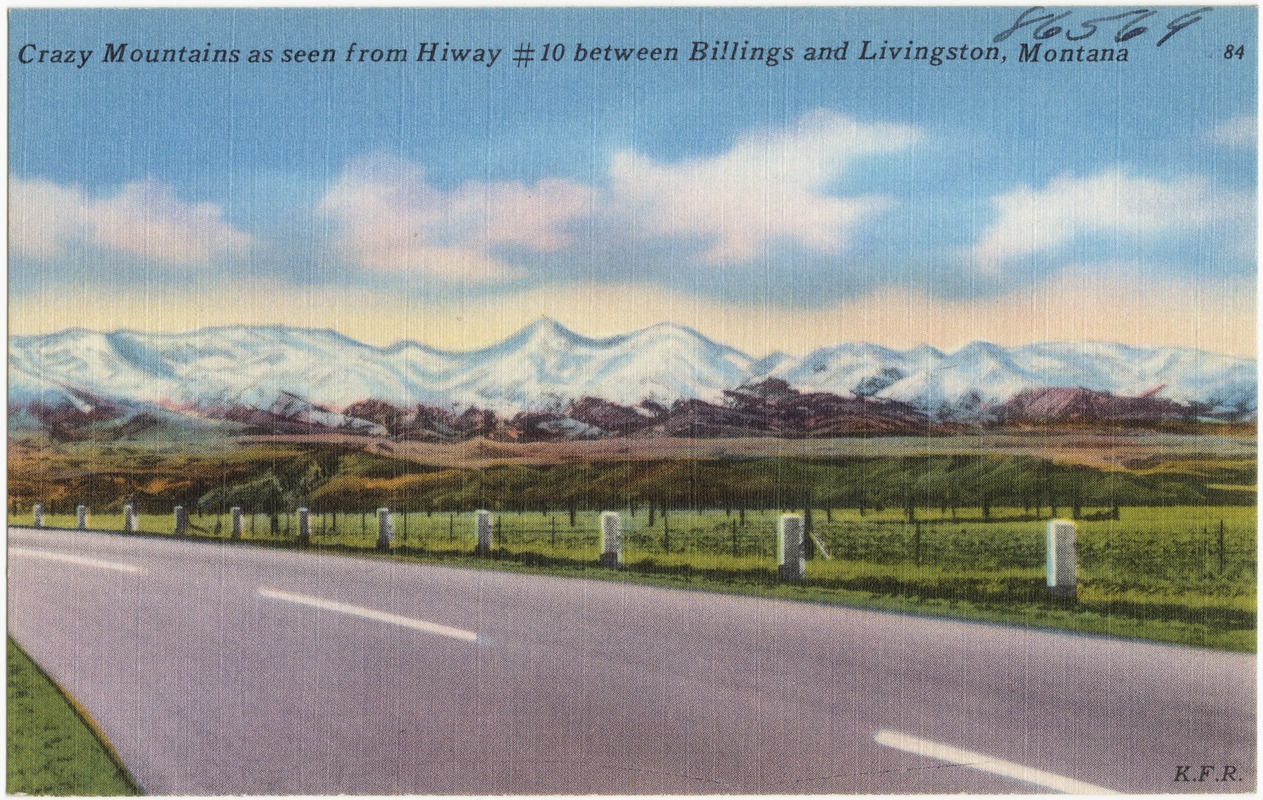Montana View Establishments by Montana Cities

The Six Montana cities (Billings, Butte, Great Falls, Helena, Livingston and Missoula) that had Green Book listings between 1939 and 1967 demonstrate the continued presence of African Americans in Montana since the state’s initial American settlement in the 1860s. While the African American population was never more than about 2% of the state’s entire population, African American individuals and communities represent an integral part of Montana’s history and community life.
African Americans came to Montana primarily as freed persons starting in the 1870s, after the end of post-Civil War Reconstruction. Their paths were not always direct from the American south, but could involve chain migrations starting in Missouri, Kentucky or Virginia where a family member would establish residence (house, job and community) and then send for other members. Black Montana’s Heritage Places MPDF (Delia Hagen 2022) listed below documents several instances of families moving between Helena and other nearby states. Although African American communities in Montana faced racist attitudes and activities such as white supremacy, segregation and lynching, migrants continued to move into Montana into the twentieth century.
Like other settlers in Montana, African Americans came to take advantage of new social and economic opportunities. Montana’s extractive industries (gold, coal, and copper), military operations, transportation, hospitality, professional services, and farming attracted newcomers and provided employment. African Americans founded many community institutions, including Baptist, African Methodist Episcopal, and Roman Catholic churches, schools, fraternal orders, the National Negro Business League, and the Montana Federation of Negro Women’s Clubs, that provided for and supported local residents.
By the 1920s, both Montana’s overall population and the African American population in particular began to decline. For Montana’s African Americans, the issue became increased restrictions in the form of “Jim Crow” laws and the growing prominence of white supremacist groups. The Northwest’s larger cities, Portland and Seattle, offered improved opportunities, as did the eastern cities of Chicago, Detroit, and New York.
During the interwar period, those who remained formed communities across town and county lines, drawn together by kinship, friendship, common experiences and histories. Community groups, particularly the women’s clubs, and churches continued to be key to community cohesion. Montana’s African American population would not significantly increase over time, although the mid-twentieth century Air Force bases constructed in response to the Cold War did bring in additional numbers of residents.
When Victor Green began to include Montana in The Green Book in 1939, only one listing in Helena, Mrs. Mabel Stitt’s Tourist Home, appeared through 1951. In the 1952 edition, Green listed Glacier National Park, along with other national parks in a separate listing, as a vacation destination. However, he only gave the Superintendent’s name and a general address to inquire about lodging and activities.
It was not until the 1956 edition, following the 1955 passage of Montana’s accommodation nondiscrimination law, that listings in other Montana cities began to appear. All are concentrated in the central and western parts of the state and linked by highways or railroad. Although African Americans lived in the eastern part of the state, they did not live in towns in large enough numbers to offer consistent hospitality to travelers. By the 1950s, when middle class vacationers began to seek out the state’s many physical attractions, Montana was able to provide a broader base of hospitality services, making the Green Book less crucial to African Americans traveling through the state.
Anne E. Bruder 2023
Montana Bibliography
Hagen, Delia, African American Heritage Places in Helena: https://mhs.mt.gov/Shpo/docs/MPDs/MT_LewisAndClarkCounty_AfAmerHrtgPlacesInHelenaMTMPD.pdf, and
Black Montana’s Heritage Places (statewide context): https://mhs.mt.gov/Shpo/docs/MPDs/MT_BlackMontanasHeritagePlacesMPD.pdf
Montana PBS, Hidden Stories: Montana’s Black Past. (https://www.montanapbs.org/programs/hidden-stories/)



